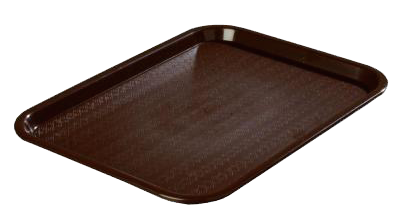There are over 1030 student-run organizations and clubs on Purdue’s campus, ranging from clubs such as Pet-a-Puppy (where you actually do pet puppies) to graduate organizations to Greek and cooperative houses. Clubs are a great way to enhance your Purdue experience, meet new friends, and have a lot of fun. Almost all clubs have some sort of recruitment meeting, called callouts, where the club presents its organization to prospective members. Many times, these are meetings in classrooms or lecture halls, depending on the size of the club. Almost always these events include some kind of free food to entice prospect members to actually show up at the callout. For normal clubs, such as the one for the Association for Computing Machinery (ACM), serve the traditional callout items: pizza and soft drinks. Other types of organizations hold different kinds of callouts. Greek organizations (Fraternities, Sororities) and cooperative housing organizations call their recruitment process “Rushing”, where they hold events over the first month of each semester in order to recruit new members. These rush events typically include casual sports (ultimate frisbee, cornhole, flag football, etc.), free food (BBQ, wings, pizza, Chick-Fil-A), game nights, and other unique events.
I will admit that for most of the callouts I attended during my first semester at Purdue, I went for the sole purpose of getting free food. Along with some of my floormates, I went to callouts for ACM and Purdue Hackers, both of which offered free pizza and drinks to those who attended. I ended up joining both clubs, and without the free pizza, I never would have even went to the callouts. Another personal example is me joining a Fraternity. Coming to college, I never saw myself joining a Fraternity, and refused to even go to Meet the Greeks during Boiler Gold Rush (Purdue’s version of a welcome week for incoming students). However one day, a friend of mine told me he was planning on going to a rush event for a Fraternity, and insisted that I come. I refused — until he mentioned the free Buffalo Wild Wings and a game of flag football. I ending up joining this organization as well, all thanks to free food.
Clubs at Purdue are great way to be involved outside of the classroom. If you have even the slightest thought of joining a particular club, just go to their callout. Even if you end up not liking the club, at least you got some free pizza!
Here are some resources for those interested in clubs at Purdue:

